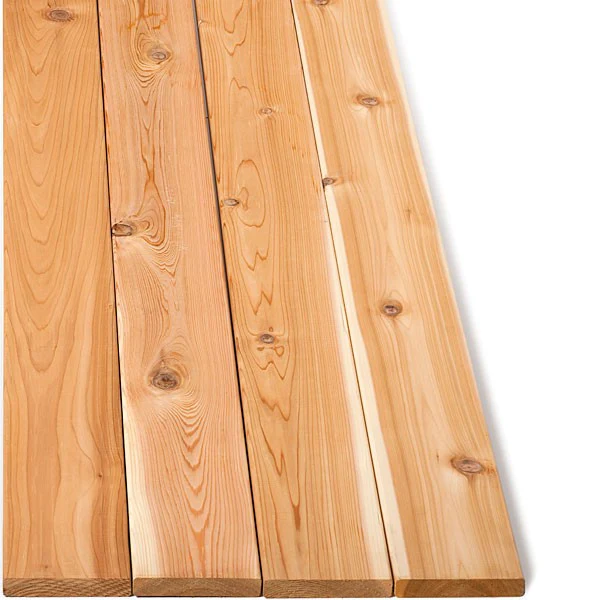Plywood is commonly used in construction and manufacturing. We see this magic material being used in home interiors and large buildings. In fact, some versions of plywood are also used in shipbuilding. How does plywood play such an important role in your home interiors? And should you choose this material over other options available in the market? Read on to know everything about plywood in your home interiors.
Different Grades of Lumber and their Features
The timbers from the trees are honed and shaped to create lumber. It is a wood product, thus because of the appearance of the wood utilized, its consistency is not uniform. Therefore, grading of the lumbers is done by construction companies.
These structural qualities aid in classifying lumber with various attributes. These grades make it easier to select the best lumber for a particular job. Additionally, it aids the buyer in estimating project costs and the amount of waste the wood will produce.








